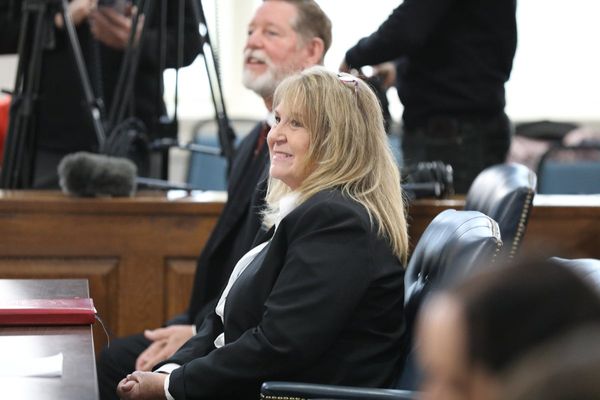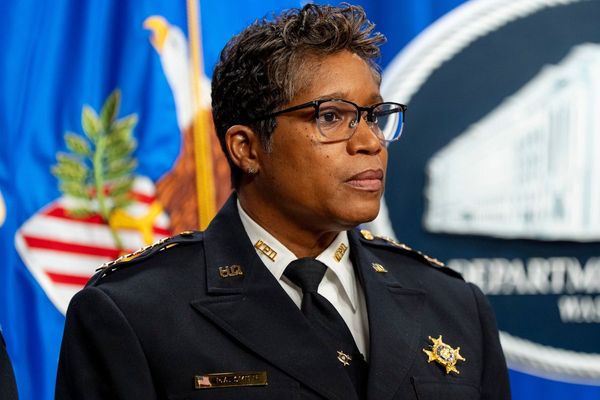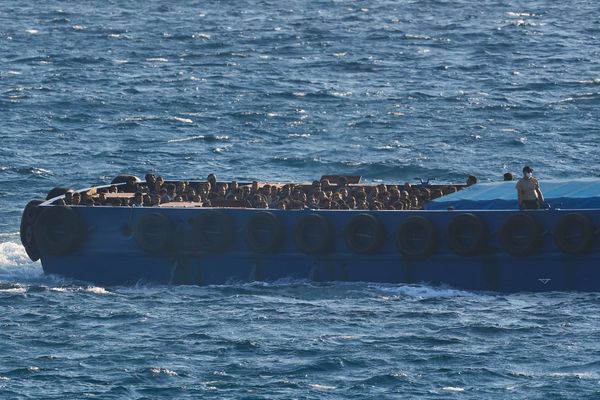In a day of congenial menace at the White House, Canadian Prime Minister Mark Carney picked his spots carefully. He got his key message across — but got a largely unrelated earful in exchange from United States President Donald Trump.
A trip to the White House has become a rite of passage for leaders around the world, with a series of predictable elements in the Trump era — from the blindside on social media to the handshake and the tense sitdown in the newly gilded Oval Office.
Within the first few minutes of the meeting, Carney took an opportunity to interject with a clear pushback against Trump’s repeated assertions that Canada should become the “51st state.”
The comments were carefully calibrated, using Trump’s own preferred language of real estate. After pointing out that some properties simply are not for sale, like the White House and Buckingham Palace, Carney asserted that Canada “will not be for sale, ever.”
Trump repeatedly demurred in response, replying “never say never” and later in the meeting, “time will tell.” Carney, however, mouthed “never” as the president spoke — ostensibly joking but, in fact, clearly serious.
Much of the rest of the meeting was dominated by Trump’s commentary, holding forth on everything from Carney’s recent election victory — for which the president claimed credit — to American attacks on Yemen and trade with China.
Carney didn’t bite
Without mentioning them by name, Trump also found time to remind the assembled media of his contempt for Carney’s predecessor, Justin Trudeau, and Canada’s former finance minister Chrystia Freeland — now handling the transport and internal trade portfolio for Carney — referring to her as “terrible.”
Carney didn’t take the bait, and for the most part, seemed content to let Trump hold court, interjecting a couple of times to correct or redirect points Trump raised.
In particular, Carney made clear that he sees the United States-Mexico-Canada trade agreement (USCMA) as a basis for future talks, committed Canada to a “step change” in its military investment and vowed to contribute to the president’s war on largely fictional fentanyl trafficking across the Canada-U.S. border.
Carney also pushed back against Trump’s insistence that the U.S. does not need Canada, noting that the country is America’s “biggest client.” He was alluding to the fact that Canada buys more goods from the U.S. than any other country.
Carney’s verbal pushback was further reinforced with some very effective face acting, reminiscent of Kamala Harris’s debate performance. The Carney head tilt seems destined to join the internet meme pantheon, a shortcut for “that’s sus” — “suspect” — that belongs to the ages.
At the same time, almost everything Carney did say was met with skepticism and rebuttal.
Indeed, the very idea of a new trade agreement and an end to tariffs on Canada was treated as an open question by Trump, who suggested that while USMCA was a “fine” agreement — miles better in his view than the very similar NAFTA agreement that preceded it — such a deal may no longer be needed.
At one point, he even suggested USMCA be terminated outright.
False claims
As always, misinformation featured prominently in the president’s comments throughout the meeting with Carney. He returned repeatedly to his false claims about the U.S. subsidizing Canada. In doing so, he again confused a trade deficit with a financial subsidy. These falsehoods, moreover, were never directly rebutted by Carney.
Read more: Trump's obsession with trade deficits has no basis in economics. And it's a bad reason for tariffs
At another point, Trump said Canada could do nothing to convince him to remove tariffs.
He later expanded on the point, returning to the idea that tariffs on things like Canadian energy, steel, aluminium and cars were not part of a trade negotiation, but rather an explicit attempt to end trade between the two countries in an attempt to reindustrialize the American economy.
Simply put, under a thin veneer of supposed friendship and convivial conversation, Trump implied the U.S. no longer wants fair trade between the two countries, but no trade — unless it comes with an end to Canadian independence.
Given the importance of the bilateral relationship, the meeting went as well as Canadians — and sympathetic Americans — could reasonably hope. Trump and his assembled cabinet secretaries did not gang up on Carney as they did on Ukraine’s Volodymyr Zelenskyy earlier this year.
Instead, the meeting reinforced the idea that the two countries are indeed friends and they will continue to talk about the issues that divide them.
Carney came across as polite yet assertive, and was largely treated with the respect due to a foreign head of government.
Tariffs, trade
At the same time, the two sides could not even agree on what they disagreed on. Carney emphasized the need for a refurbished agreement between the two countries addressing trade irritants in much the same way the two countries have done for decades. He went so far as to point out that the U.S. has taken advantage of the agreement with its approach to tariffs.
Read more: Trump's proposed tariffs against Canada and Mexico may be illegal, but that's not the real problem
Trump, conversely, remained committed to a project to fundamentally reorganize the American economy in a way that does not include Canada as an independent trading partner.
As the president said, “time will tell” whose vision ultimately triumphs. But in the meantime, Canadians should expect a decidedly frosty friendship to continue.
Stewart Prest does not work for, consult, own shares in or receive funding from any company or organisation that would benefit from this article, and has disclosed no relevant affiliations beyond their academic appointment.
This article was originally published on The Conversation. Read the original article.







